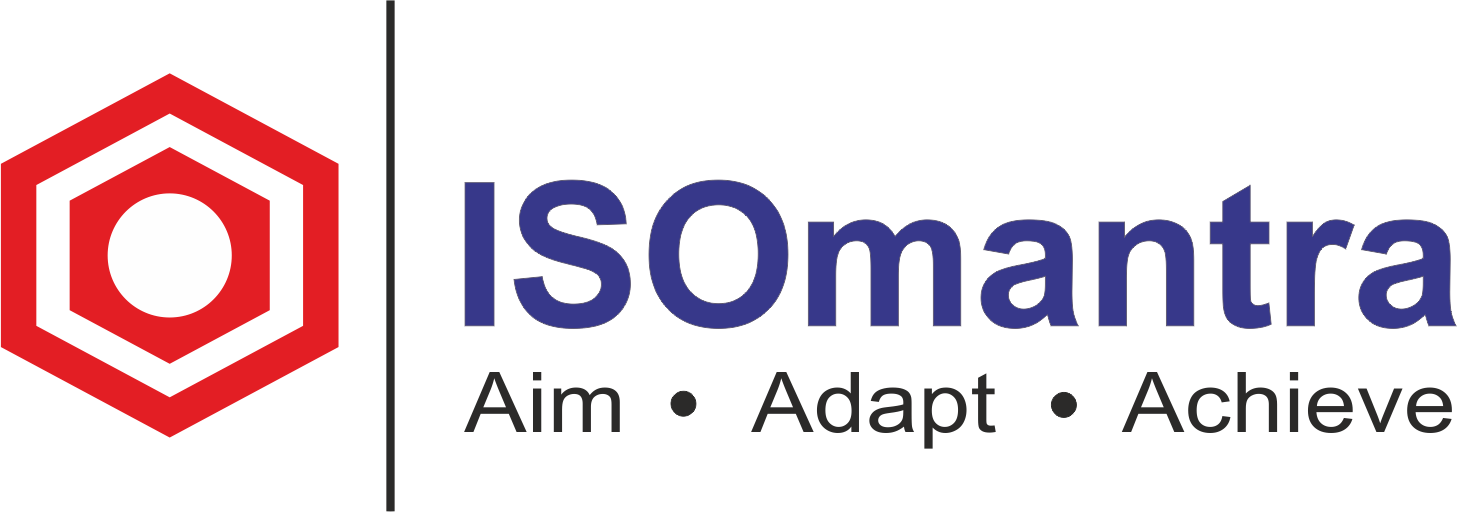
Understanding the organisation and its context
Each organisation will have its own system for combating bribery (ABMS). You may be wondering how each ABMS can be unique if they adhere to ISO 37001 requirements. It is true that the standard’s fundamental principles, such as “tone at the top,” training, and reporting and investigation procedures, will remain unchanged.
Where the distinctions will emerge is in the manner in which each system is implemented. An ABMS must be tailored to the organisation in order to be effective. This varies according to the organization’s activity, size, operating model, and operating countries, among other factors. Prior to developing an ABMS, it is critical to gain a thorough understanding of the organization’s unique characteristics. ISO 37001’s Section
4.1 focuses exclusively on this. It requires each organisation to identify the factors that may influence its anti-corruption efforts, which may include the following:
- the organization’s size, structure, and system of governance and delegated authority;
- the countries and sectors of operations;
- the nature, scope, and complexity of the organization’s activities and operations;
- the economic model;
- the entities over which the organisation exercises control (subsidies) (parent company);
- business associates;
- the nature and extent of interactions with public administration representatives; and
- any statutory, regulatory, contractual, or professional obligations that may apply.
It is critical to consider all of these points when developing an ABMS that is effective and appropriate for your organisation. This document is required if the organisation wishes to have its ABMS certified to ISO 37001.

